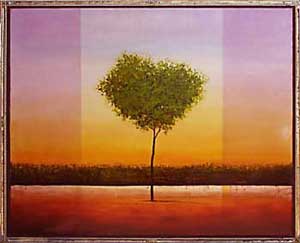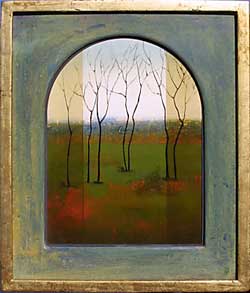Jazz is my favorite musical genre. Be-Bop and Swing era artists are usually the top of my playlist (although I'm a sucker for a Diana Krall torch song). The aspect of jazz that appeals most to me is the loose, improvisational nature. Start with 2 parts tight rhythmic groove, add 1 part simple melody and mix generously with 4 parts musical shenanigans.
Jazz relies heavily on soloing. Most jazz tunes have more bars dedicated to solos than anything else. But always there is the underlying rhythm and song structure that keeps the identity of the song intact. The solos are always framed around a melodic idea. Every time Duke Ellington and his orchestra played C Jam Blues, the experience was unique, but you always knew what song it was. Ben Webster would take that melody all over the country-side (sometimes into the next county) and back again, yet it was always familiar. The groove was intact.
Most creative endeavors need that underlying groove for structure. I find I'm more creative in my work when I have limitations and boundaries. While this seems to be at odds with the idea that creativity is limitless exploration, it really isn't. Adding a wall or two to the beginning of the process provides direction and focus for the artist's energies.
Many times the walls have to do with more "technical" restraints; the simple frame of a canvas or the complex 7-column grid of a brochure layout. I'm in the midst of a 20-page brochure. Each page has pretty much exactly the same elements (headline, main visual, body copy, pull-quote, company division ID). Because I've placed that 7-column grid underneath, each page is also a unique layout, with nothing repeated from spread to spread. I can riff around the design's melody and everyone still can recognize the song.
Another advantage to placing boundaries in the creative process is that it provides a starting point for the brain. The blank, white page staring at you is much more daunting when there is no starting direction. Free Jazz (my least favorite) tries to build a song on nothing. The players just jam without any underlying musical structure at all, and it's hard on the ears to all but a few.

